Search
-
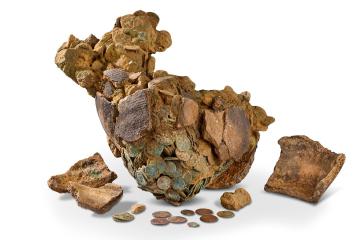 ©
NMAG
©
NMAG
Wootton Coin Hoard
Containing over 1900 coins this Roman hoard was found in Wootton Fields. They were buried during the later Roman period in a black pot.
Roman 325 CE Roman and Early Medieval
-
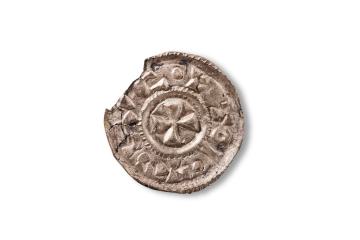 ©
NMAG
©
NMAG
Viking Silver Coin
There is limited evidence of Viking influence in Northamptonshire and despite being minted during Viking rule this silver coin from Northampton depicts an Anglo-Saxon king.
Anglo-Saxon 895 CE-915 CE Roman and Early Medieval
-
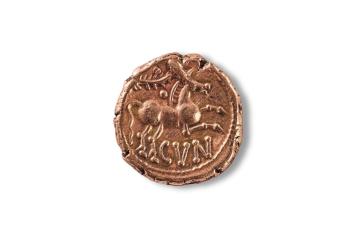 ©
NMAG
©
NMAG
Cunobelin Stater
A Celtic gold stater minted in the late Iron Age, bearing the name of Cunobelin, ruler of the Catuvellauni and Trinovantes tribes.
Iron Age 10 - 40 CE Geologic to Prehistoric
-
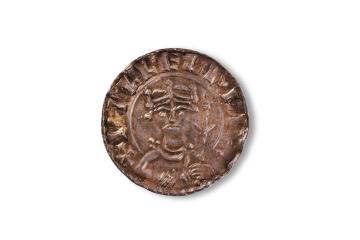 ©
NMAG
©
NMAG
Norman Silver Penny
Minted at Northampton in the years after the Norman Conquest, this silver penny dates from bewteen 1083 and 1087.
Norman 11th century Medieval to Tudor
-
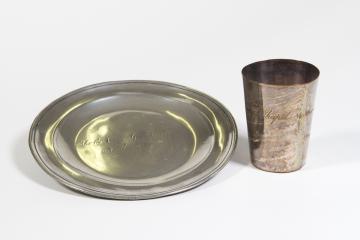 ©
NMAG
©
NMAG
Communion Plate and Cup from County Gaol
Pewter Communion plate and cup used for services in the chapel of Northamptonshire's County Gaol.
Georgian 1782 Stuart to Georgian
-
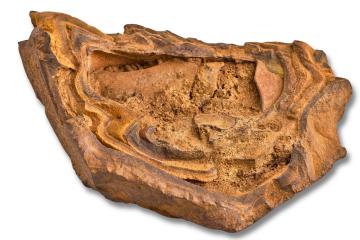 ©
NMAG
©
NMAG
Ironstone
Northamptonshire’s ironstone was formed from iron-rich sediments in the Jurassic period. Quarried since Roman times, ironstone has shaped our landscape, fuelled the county's industry and built our houses.
175 million years ago Geologic to Prehistoric
-
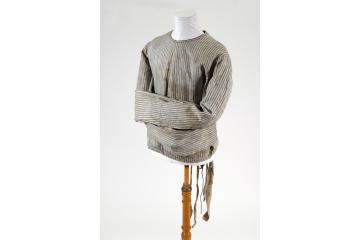 ©
NMAG
©
NMAG
Straitjacket
A constraining garment used to restrict the movement of its wearer, preventing injury to themselves, others or property. This straitjacket comes from Hardingstone Workhouse.
Victorian 1875-1900 Modern
-
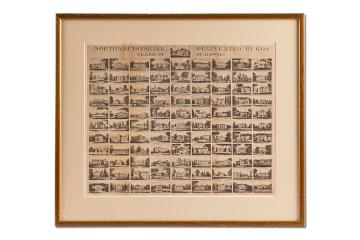 ©
NMAG
©
NMAG
Northampton Delineated - Print showing 100 Houses and Stately Homes
Print by George Clarke of Scaldwell showing 100 houses and stately homes of Northamptonshire - the county of squires and spires.
Victorian 1819 - 1854 Modern
-
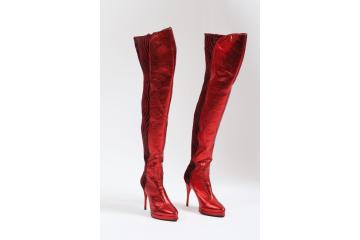 ©
NMAG
©
NMAG
Kinky Boots
Boots made for the film Kinky Boots - telling the story of entrepeneurialism in the county's shoe manufacturing industry in the late 1990s.
2005 Modern
-
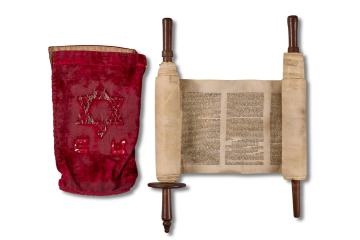 ©
NMAG
©
NMAG
Torah Scroll
Torah scroll smuggled out of Austria following the events of the Kristallnacht in 1938. It is now on loan to the Northampton Hebrew Congregation.
1939 Modern
-
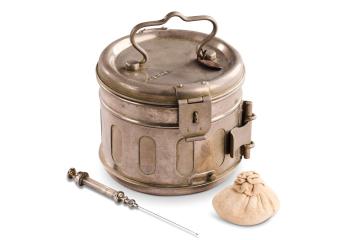 ©
NMAG
©
NMAG
Dr Waddy's Sterilising Drum
Sterilising drum belonging to Dr Francis Fisher Waddy, first anaesthetist at Northampton General Hospital. The drum contained small items of anaaesthetic equipment during their sterilisation.
1930 - 1959 Modern
-
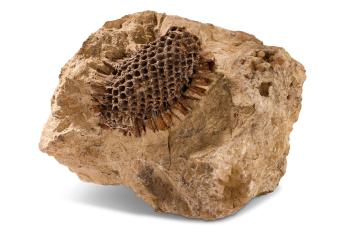 ©
NMAG
©
NMAG
Screw Pine Fossil
This screw pine fossil is a rare type specimen. Parts of Jurassic Northamptonshire were submerged in a shallow warm sea and tropical plants thrived on the nearby land.
168 million years ago Geologic to Prehistoric
-
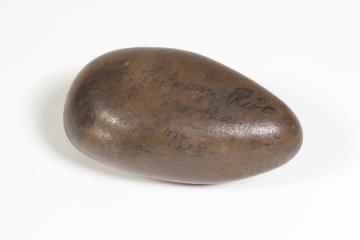 ©
NMAG
©
NMAG
Bradlaugh Riot Cobblestone
Cobblestone from the Market Square, Northampton thrown during the Bradlaugh Riots of 1874.
Victorian 1874 Modern
-
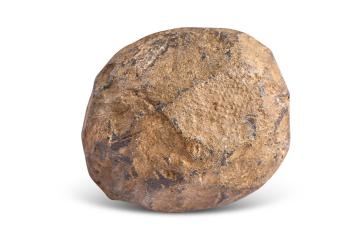 ©
NMAG
©
NMAG
Battle of Northampton Cannonball
This lead cannonball is proof of the earliest use of cannons on a battlefield in England - the Battle of Northampton 1460.
Medieval 1460 Medieval to Tudor
-
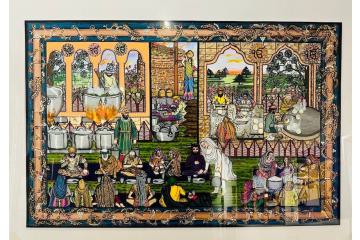
Painting of Langar
A commissioned painting of Langar (Free Community Kitchen) by SCCYC SMN by Artistic Seva, Slough, demonstrating the value of Community & Equality. The painting showing communities from all faiths and castes cooking together, eating side by side on the floor and washing up together. Chosen as part of the extended exhibtion Beyond the 100 in 2025/26.
1500 Medieval to Tudor
